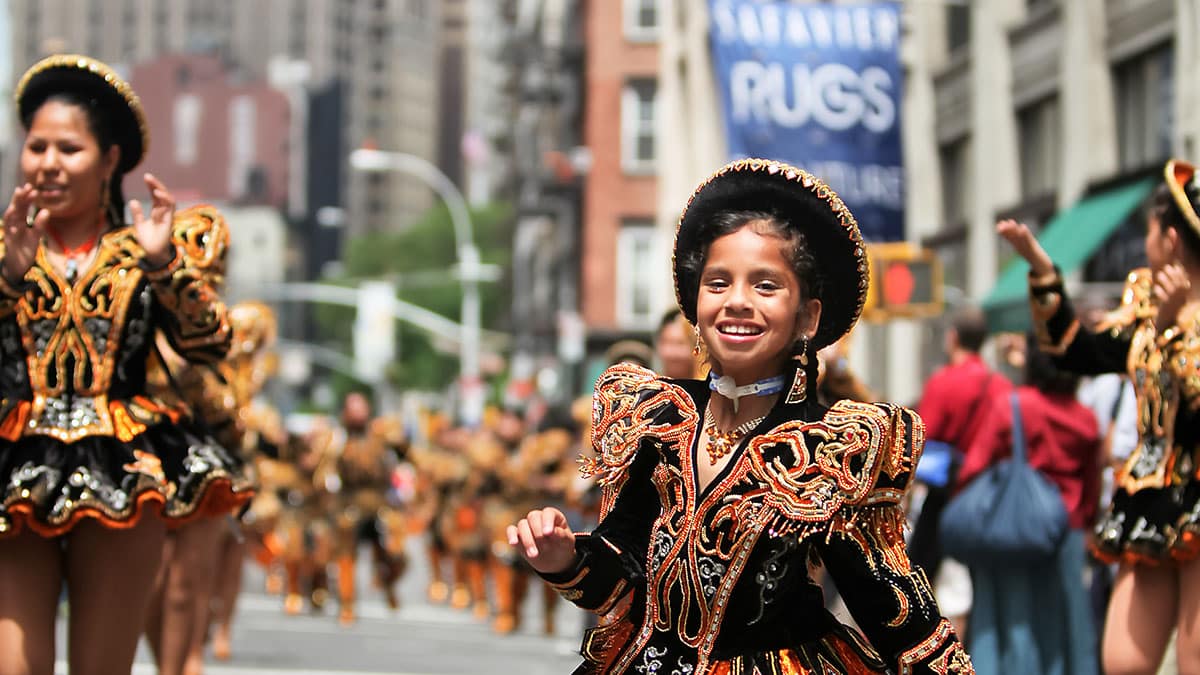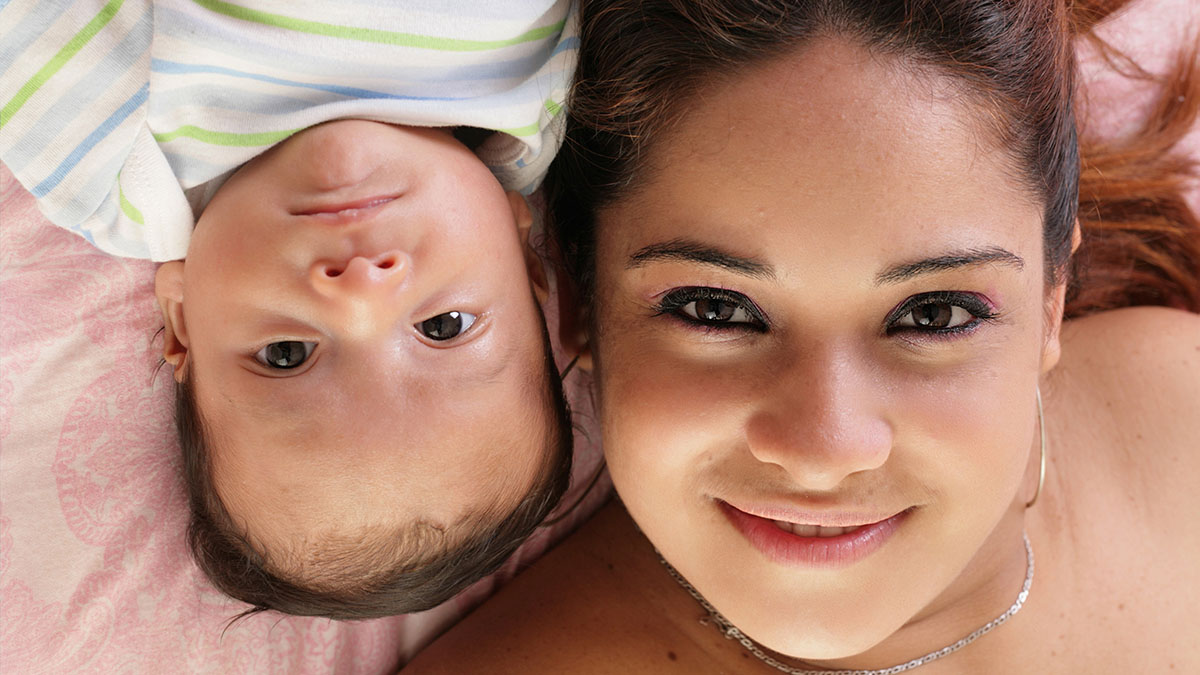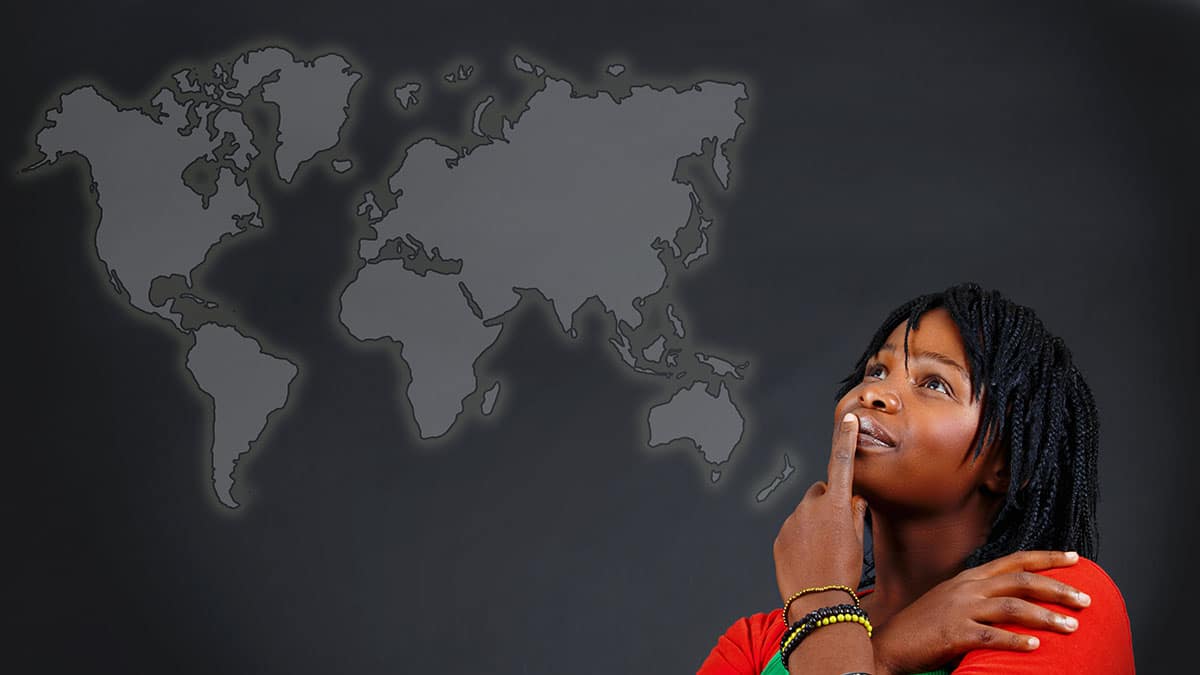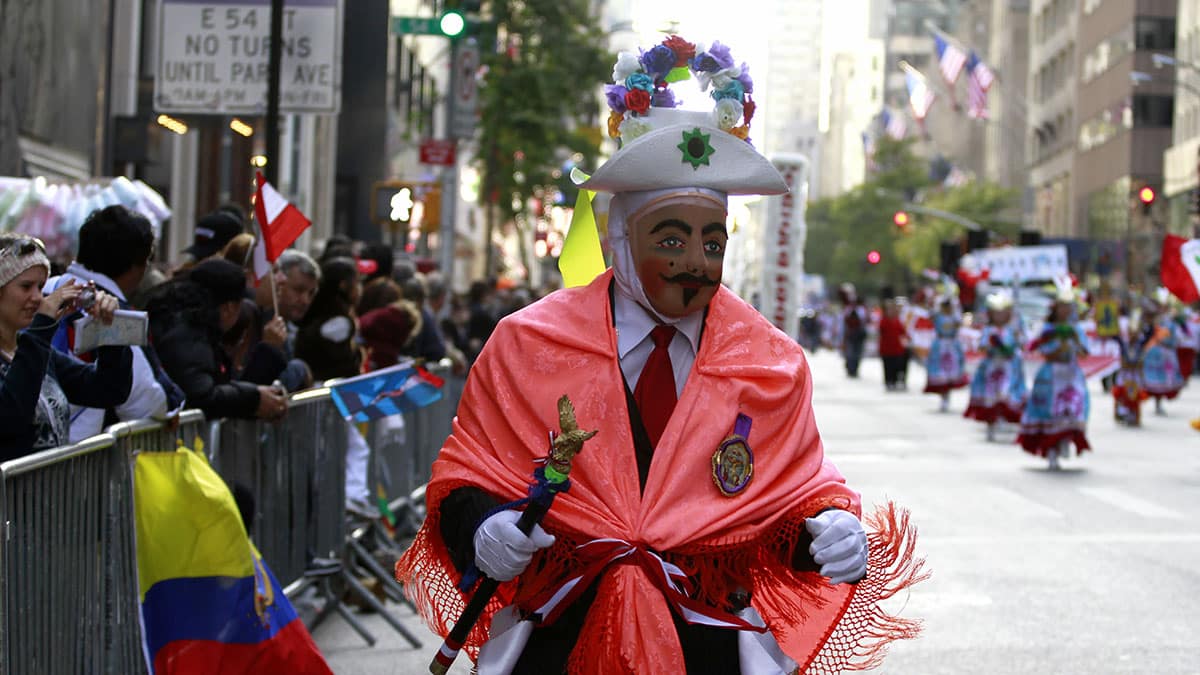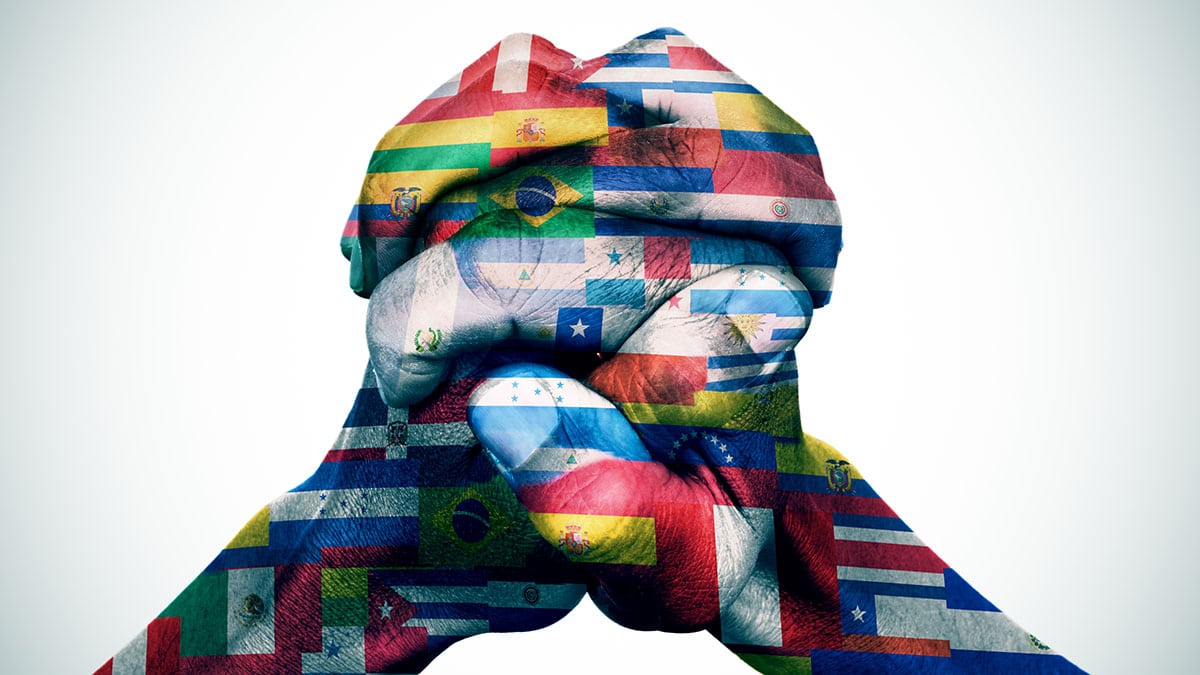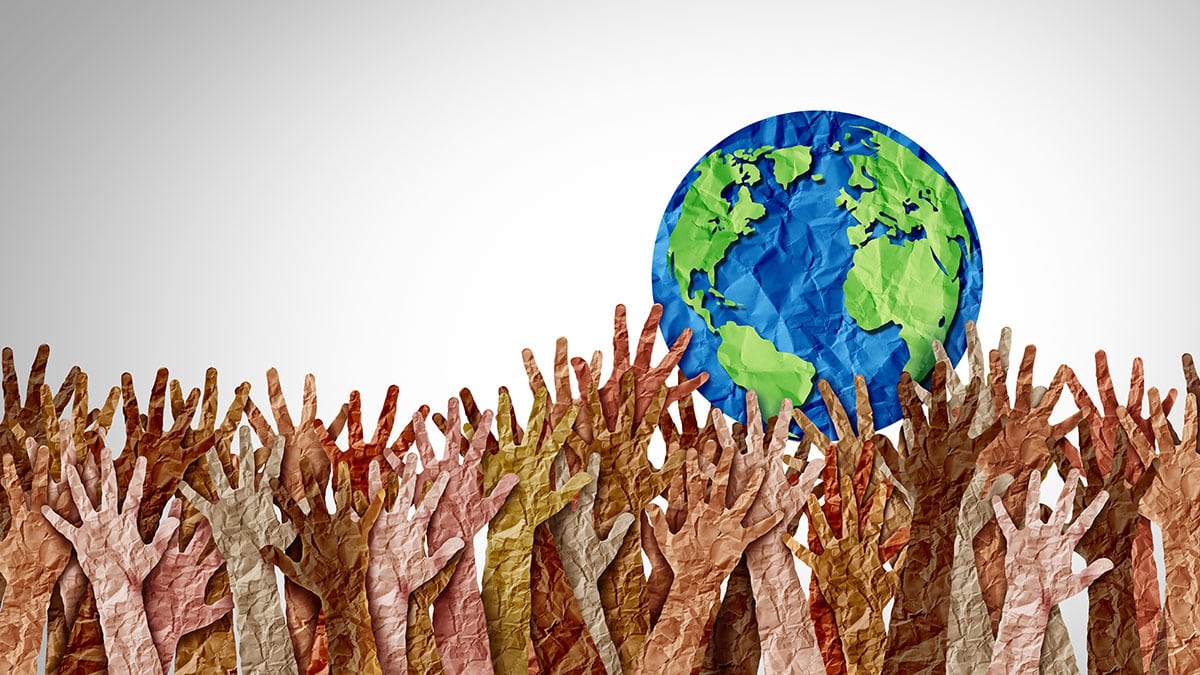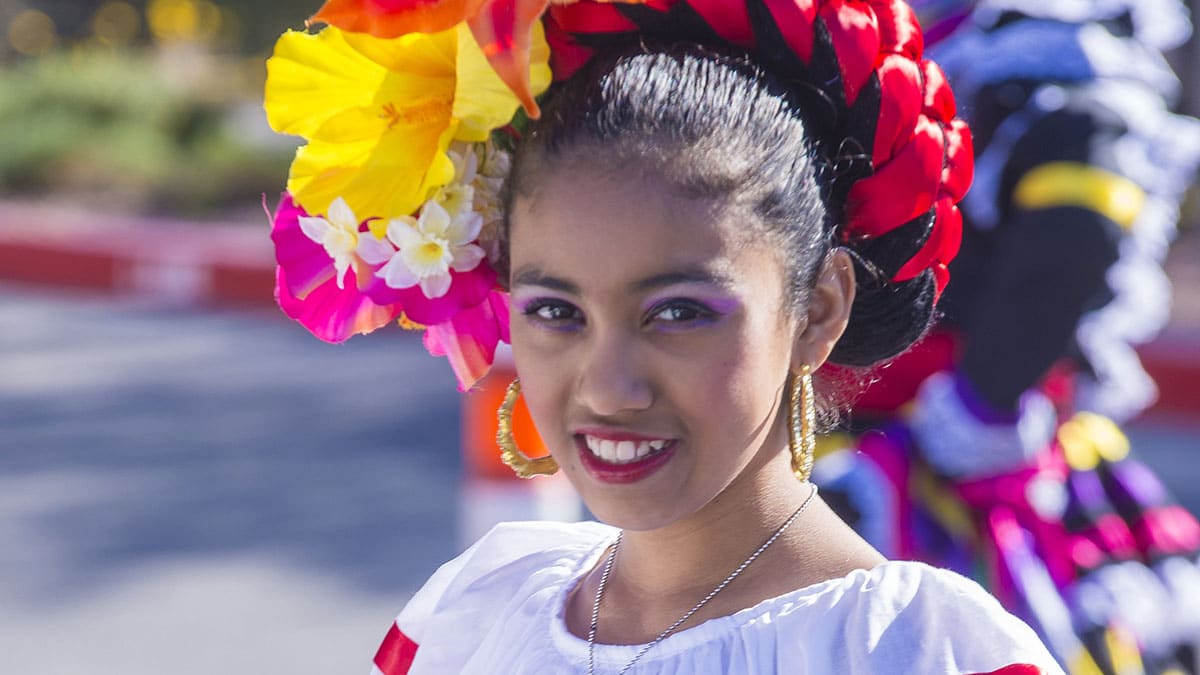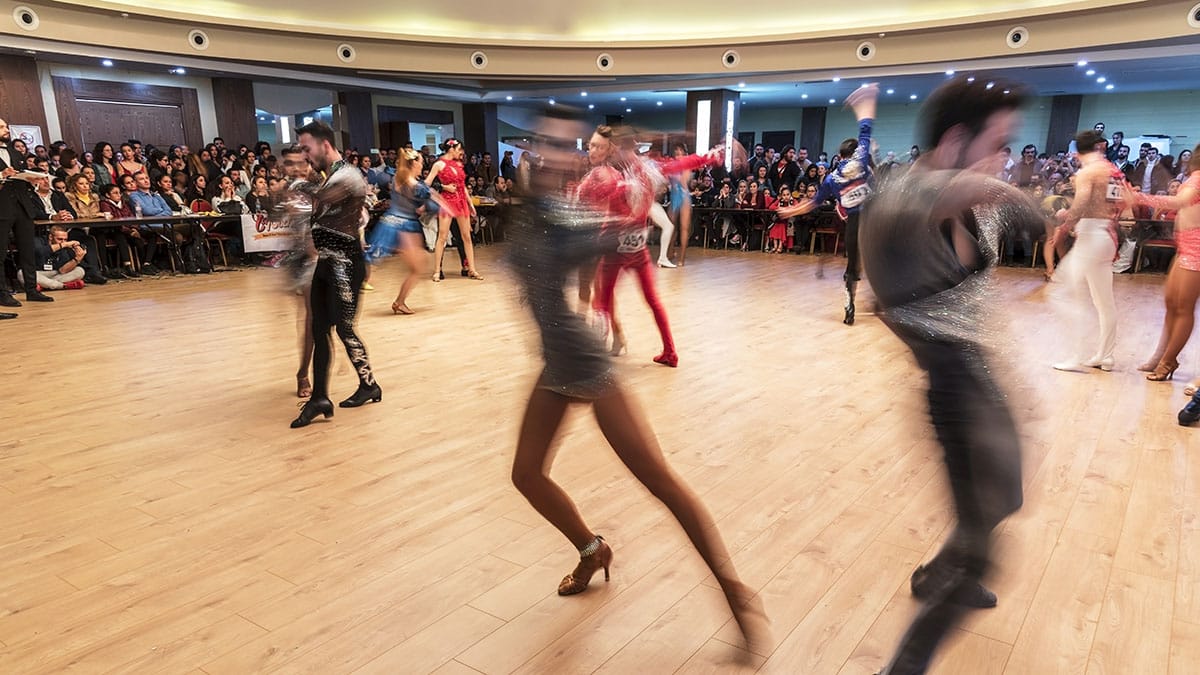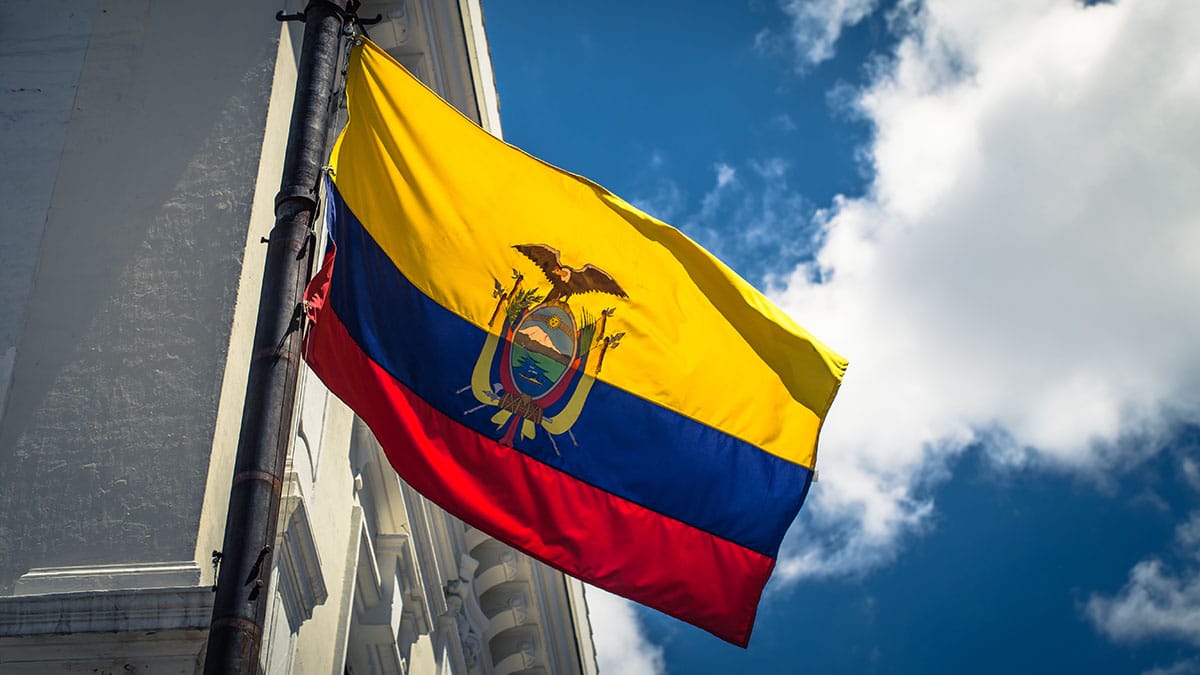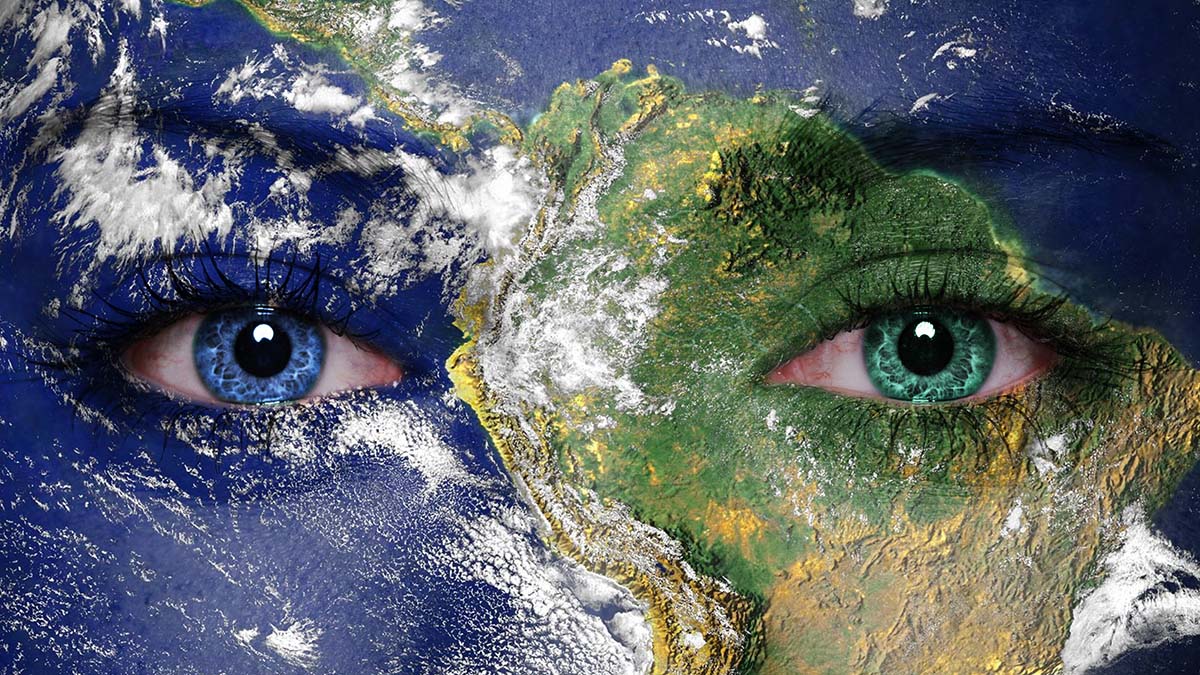Ecuadorian Culture in New York City is mostly in art, books, fashion, festivals, food, and music. Ecuadorians are New York City’s fourth largest Latin community as of 2020. 🇪🇨
Dance Parade 2025 is Once Again About Reclaiming the Freedom to Be Yourself
SIXTH AVE, 8TH ST, TOMPKINS SQUARE PARK, Chelsea, Greenwich Village, East Village, Manhattan
🇺🇸 🇦🇴 🇦🇷 🇧🇴 🇧🇷 🇨🇳 🇨🇴 🇨🇩 🇨🇬 🇨🇺 🇩🇴 🇪🇨 🇭🇹 🇮🇳 🇮🇩 🇮🇹 🇮🇪 🇰🇷 🇯🇲 🇯🇵 🇲🇽 🇵🇾 🇵🇷 🏴 🇪🇸 🇹🇼 🇹🇭 🇹🇹
Mother’s Day in New York City and Around the World Started as a Celebration of Peace
SECOND SUNDAY IN MAY 🇧🇷🇨🇦🇨🇱🇨🇴🇨🇺🇪🇨🇭🇳🇮🇹🇵🇪🇵🇷🇺🇸🇺🇾🇻🇪
African Diaspora International Film Festival NYC Brings the Many Faces of Mother Afrika To New York City
COLUMBIA UNIVERSITY, Morningside Heights, Manhattan
CINEMA VILLAGE, Greenwich Village
LEONARD NIMOY THALIA, Upper West Side
🇺🇸 🇧🇧 🇧🇪 🇧🇷 🇨🇲 🇨🇦 🇪🇨 🇪🇬 🇫🇷 🇩🇪 🇬🇭 🇬🇼 🇭🇹 🇰🇪 🇲🇬 🇲🇦 🇲🇿 🇳🇱 🇳🇬 🇵🇹 🇿🇦 🇸🇷 🇺🇾 🇿🇼
New York City Wine and Food Festival (NYCWFF) Fundraises for God’s Love We Deliver Out of Brooklyn This Year, Oy Vey
BROOKLYN
North 🇺🇸 🇨🇷 🇬🇹 🇭🇳 🇲🇽 🇵🇦
Caribe 🇨🇺 🇩🇴 🇯🇲 🇵🇷 🇹🇹
South 🇦🇷 🇨🇴 🇪🇨 🇵🇪 🇻🇪
Africa 🇬🇭 🇪🇹 🇲🇦 🇿🇦
Asia 🇨🇳 🇮🇳 🇱🇧 🇯🇵 🇵🇭
Hispanic Day Parade NYC Desfile de la Hispanidad New York Celebrates the Culture of 20 Hispanic Countries on Fifth Avenue
FIFTH AVENUE Midtown/Midtown East, Central Park/Upper East Side, Manhattan 🇦🇷🇧🇴🇨🇱🇨🇴🇨🇷🇨🇺🇩🇴🇪🇨🇸🇻🇬🇹🇭🇳🇲🇽🇳🇮🇵🇦🇵🇾🇵🇪🇵🇷🇪🇸🇺🇾🇻🇪
Junta Hispana is a Hispanic Product Sample Fair with Family Entertainment
FLUSHING MEADOWS CORONA PARK, Queens 🇦🇷 🇧🇴 🇨🇱 🇨🇴 🇨🇷 🇨🇺 🇩🇴 🇪🇨 🇸🇻 🇬🇹 🇭🇳 🇲🇽 🇳🇮 🇵🇦 🇵🇾 🇵🇪 🇵🇷 🇪🇸 🇺🇾 🇻🇪
Hispanic Heritage Month in New York City 2024
A meditation on what it means to be “Hispanic” in America today.
🇦🇷🇧🇴🇨🇱🇨🇴🇨🇷🇨🇺🇩🇴🇪🇨🇸🇻🇬🇶🇬🇹🇭🇳🇲🇽🇳🇮🇵🇦🇵🇾🇵🇪🇵🇷🇪🇸🇺🇾🇻🇪
Queens Hispanic Parade 2024 Desfile Hispano de Queens
37TH AVENUE, Jackson Heights, Queens 🇦🇷 🇧🇴 🇨🇱 🇨🇴 🇨🇷 🇨🇺 🇩🇴 🇪🇨 🇸🇻 🇬🇶 🇬🇹 🇭🇳 🇲🇽 🇳🇮 🇵🇦 🇵🇾 🇵🇪 🇵🇷 🇪🇸 🇺🇾 🇻🇪
New York International Salsa Congress is NYC’s Labor Day Weekend Salsa and Bachata Dance Festival
NEW YORK MARRIOTT MARQUIS, Times Square Theater District, and offsite venues in Manhattan 🇦🇷 🇨🇴 🇩🇴 🇪🇨 🇨🇦 🇮🇹 🇲🇽 🇵🇷 🇪🇸
Pachamama is the Andean New Year Celebration of Mother Earth
AUGUST 1 🇦🇷 🇨🇱 🇧🇴 🇪🇨 🇵🇪
Ecuadorian Festival of New York Festival Ecuatoriano Celebrates Ecuadorian Independence and Culture
FLUSHING MEADOWS CORONA PARK, Queens 🇪🇨
Ecuadorian Culture Sponsors
- Luz Pinos jazz vocalist. 🇪🇨
Thank you for sponsoring Ecuadorian Culture in New York City.
Ecuadorian NYC News
Ecuadorian New York City
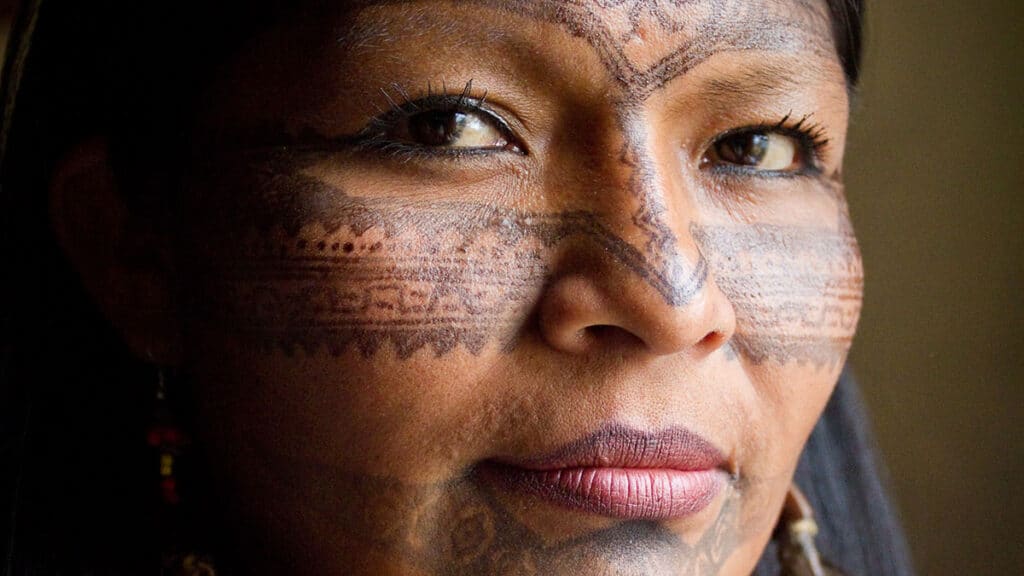
Metro New York City is the home of one third of the Ecuadorians in the United States.
New York City’s Ecuadorian community is centered in Corona and Jackson Heights, Queens. There are also Ecuadorian communities in Bushwick, Brooklyn; Fordham, The Bronx; and East Newark, New Jersey.
Ecuadorian Art in NYC
- The legendary Atahualpa Emerald which belonged to the last Inca emperor, is in the Crown of the Andes at the Metropolitan Museum of Art.
- National Museum of the American Indian exhibits the art and culture of the Indigenous Peoples of the Americas.
Ecuadorian Books in NYC
- The Brooklyn Museum has some quipu.
Ecuadorian Cultural Centers in NYC
- Ecuadorian American Cultural Center in Astoria, Queens, hosts Ecuadorian book, dance, music, and theatre. ecuadorcenter.org
- Ecuadorian Civic Committee of New York produces New York City’s Ecuadorian Parade and Ecuadorian Festival. eccofny.com
Ecuadorian Fashion in NYC
- Fashion Designers of Latin American (FDLA) often presents Ecuadorian fashion during New York Fashion Week.
Ecuadorian Festivals in NYC
- Ecuadorian Parade of New York Desfile Equatoriano and the Ecuadorian Festival are New York City’s big Ecuadorian celebrations.
- Hispanic Heritage Month, the American national celebration of Hispanic cultures, is September 15 to October 15.
Ecuadorian Food in NYC
Most Latin dining is casual.
- Barzola is an Ecuadorian restaurant in Jackson Heights, Queens.
- El Quayaquileño is an Ecuadorian restaurant in Elmhurst, Queens. elquayaquileno.com
Cuy (guinea pigs) are native to the Andes where they are a common food.
Ecuadorian Government in NYC
- The Ecuadorian Embassy and a satellite Ecuadorian Consulate are in Long Island City, Queens. cancilleria.gob.ec
- The main Ecuadorian Consulate is in Midtown East, Manhattan. cancilleria.gob.ec
Ecuadorian Music in NYC
- Luz Pinos is an Ecuadorian jazz singer, originally from Cuenca.
- Sabor Latino is an Ecuadorian restaurant and night club in Elmhurst, Queens.
Ecuadorian Parades in NYC
- Ecuadorian Parade is New York City’s big Ecuadorian parade.
- Queens Hispanic Parade in September and Hispanic Day Parade in October usually have Ecuadorian participants.
Ecuadorian Street Fairs in NYC
The Ecuadorian Festival is New York City’s big Ecuadorian street fair.
Ecuadorian Culture
Ecuadorian Culture is a Mestizo mix of Indigenous Kichwa (Northern Quechua) and Shuar, Spanish, and African Diasporic traditions.
Ecuadorian Architecture
Ecuadorian colonial architecture is a blend of Indigenous and Spanish Baroque styles, built by Indigenous artists. The style is called “Escuela Quiteña” or Baroque School of Quito.
It’s known for harmonizing with nature. Traditional Spanish architecture is tuned to the land, but Escuela Quitena takes it to another level. It really is Indigenous Baroque.
Qhapaq Ñan is the old Andean road system that runs along the Andes from Colombia to Chile.
Ecuadorian Art
Ecuador’s Indigenous embroidery is beautiful.
The La Tolita culture of Las Esmeraldas produced beautiful terra cotta figures and gold work.
Ecuadorian Books
Quipu was an Inca form of record-keeping with knotted thread. Quipu is Quechua for “knot.” Like the cuneiform blocks of Mesopotamia, they were used to record financial transactions, inventories, and census records.
Ecuadorian Fashion
The Toquilla straw hat, popularly known as a “Panama Hat” is actually Ecuadorian.
Ecuador is famous for its emeralds. The northern province next to Colombia is called Esmeraldas.
Ecuadorian Music and Dance
Ecuador’s national music and dance is pasillo. This courtship dance blends Indigenous traditions with Spanish canción and European waltz. Every little town used to have its own style, but radio has standardized it and brought the influence of other Latin traditions.
Cumbia is popular too.
Bomba del Chota is an African Diaspora music and dance tradition. “Bomba” means pump in Spanish. Drummers pump the drum. Unlike Puerto Rican bomba, Spanish guitars dominate the sound. Some dancers carry objects on their heads which is a signature of African Diasporic culture.
Marimba is an African Diasporic instrument similar to a xylophone. It’s popular in Esmeraldas.
We don’t know why, but notice the dominance of 6/8 time in traditional Ecuadorian music and dance.
Ecuadorian Sports
Ecuadorians love soccer.
Ecuador
The Republic of Ecuador gets its name from being right on the equator. It has three distinct regions of coastal plains, Andes mountains, and Amazon jungle. Each region has its own Spanish accent. The Galápagos Islands are famous for their biodiversity, but the entire country is very biodiverse.
The capital is Quito high in the Andes in an area with active volcanoes. It was founded in 1534 in an abandoned Inca city. The biggest city and economic engine is the Pacific port of Guayaquil. The third biggest city is Cuenca, a colonial town founded in 1577 around an Indigenous community and modernized in the 1800s. It may be the most traditional Ecuadorian city.
Most people speak Spanish or Kichwa (Northern Quechua).
Indigenous Peoples
Modern Ecuador was the northern region of the Inca Empire, one of the great ancient civilizations of the Americas. It was the last of many great Indigenous Andean civilizations before the European colonizers came. Inca roads still run through the Andes and along the coast.
Today there are around two dozen living Indigenous languages. Recognized Indigenous groups include: Tsáchila, Chachi, Epera, Awa, Quichua, Shuar, Achuar, Shiwiar, Cofán, Siona, Secoya, Zápara, Andoa y Waorani, and Afro-Ecuadorians.
Colonial Times
Spanish colonizers first landed in Ecuador in 1526 when the brothers Atahualpa and Huascar were fighting for control of an Inca Empire that was severely weakened by a European smallpox pandemic.
The so-called “conquistadors” were common criminals who only conquered divided peoples through biological warfare and betrayal. The Spaniards completed their takeover by 1544 in an orgy of abuse, thievery, rape, enslavement, and murder. They sadistically tortured Indigenous Peoples to death in the name of their God. That’s the exact opposite of their God’s teachings. Today, we would hang them for crimes against humanity.
On achieving independence from Spain, Ecuador joined Gran Colombia in 1822. It left to become the Republic of Ecuador in 1830.
UNESCO World Heritage Sites
The Andean cities of Quito and Cuenca, the Galapagos Islands, and Sangay National Park are UNESCO World Heritage Sites.
Sangay National Park is an undisturbed natural area in the middle of the Ecuadorian Andes.
UNESCO Intangible Cultural Heritage of Humanity
- Zápara is an Indigenous language that speaks with the sounds of the forest, and a culture with deep knowledge of plants and the ways of the land.
- Traditional Ecuadorian toquilla straw hat production is a coastal culture of palm farming and weaving what is globally known as the Panama Hat.
- Marimba music, chanting and dancing of the Esmeraldas Province is an Ecuadorian recreation of a Central African faith and family tradition.
Holidays in Ecuador
Ecuadorian independence from Spain didn’t come all at once. It came first to Quito, then Quayaquil and Cuenca.
- New Year’s Day (Año Nuevo) celebrates Italian new year on January 1.
- Carnival (Carnaval) is a European tradition that is blended with Indigenous and African traditions in the Americas.
- Good Friday (Viernes Santo) is a Christian commemoration of the crucifixion of Christ.
- Labor Day (Día del Trabajo) celebrates the international worker movement.
- Battle of Pichincha Day celebrates the defeat of Royalist forces on the slopes of the Pichincha volcano near Quito on May 24, 1822. This minor battle was the tipping point that led to the end of Spanish rule.
- Ecuadorian Independence Day (Primer Grito de Independencia) celebrates the declaration of independence from Spain on August 9, 1809.
- Guayaquil Independence Day (Independencia de Guayaquil) is October 11, 1820.
- All Souls Day (Día de Muertos) is November 1.
- Cuenca Independence Day (Independencia de Cuenca) is November 4, 1820.
- Christmas Day (Día de Navidad), on December 25, is a Christian celebration of the traditional birthday of Christ.
Festivals in Ecuador
Inti Raymi is Inca new year.
Quito
The Ecuadorian capital was founded on the ruins of an Inca city high in the Andes. It’s among the best preserved colonial cities in Latin America. Soccer teams from other countries struggle to play there because of the high altitude.
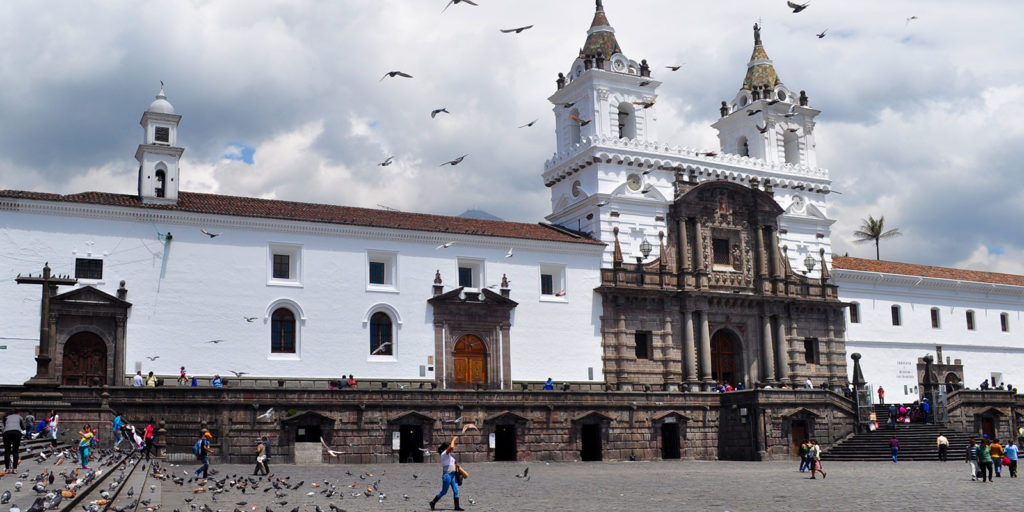
The San Francisco Church (La Iglesia de San Francisco) is a stunning example of Escuela Quiteña architecture.
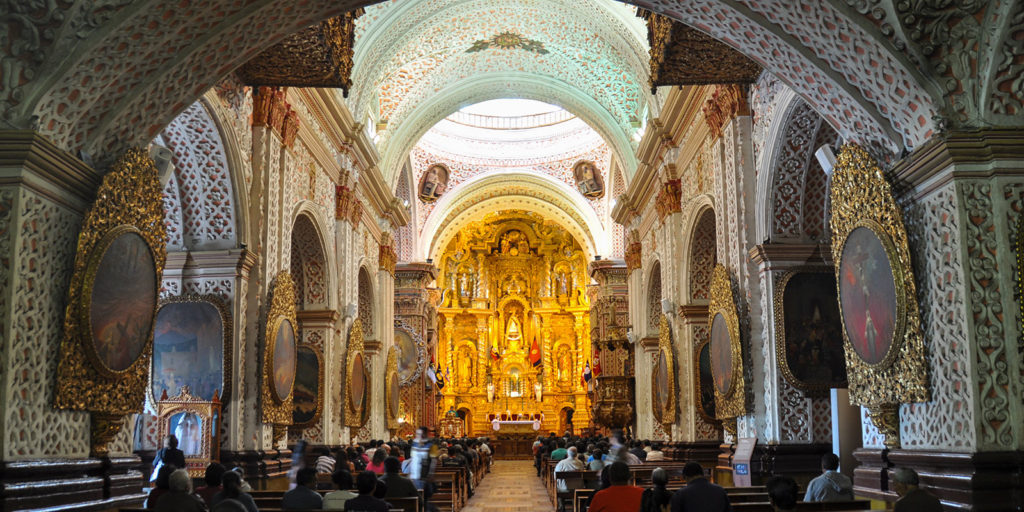
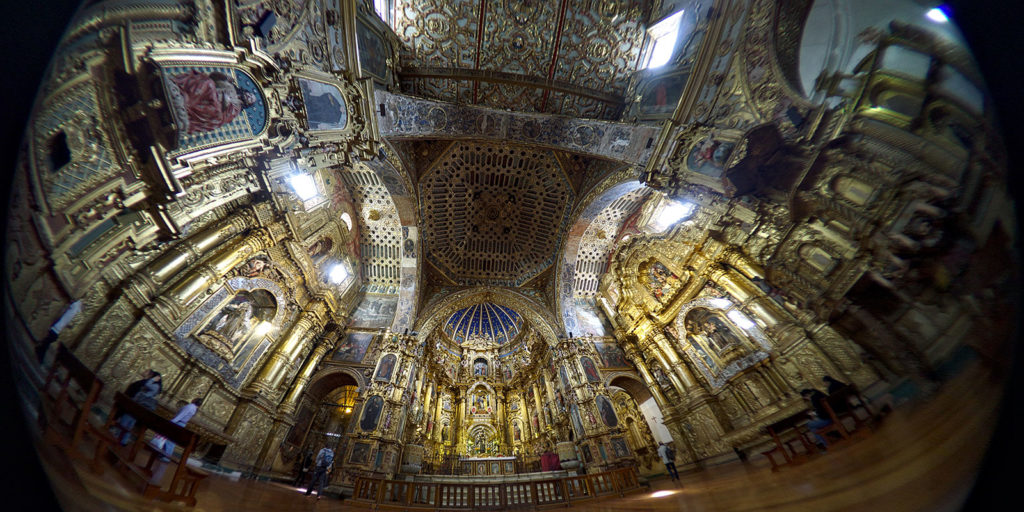
There is much more to see in Ecuador.

